@Mags
Kowari.
The kowari, also known as the bushy-tailed marsupial rat is a small carnivorous marsupial native to the dry grasslands and deserts of central Australia.
The kowari is 16.5–18 cm long, with a 13–14 cm tail. Its diet consists mainly of insects and spiders, but probably also small lizards, birds or rodents. It is known as a voracious predator. It lives in underground burrows.
It is coloured ashy-grey, and its distinguishing feature is the brush of black hairs on the end of its tail.
Found in stony desert areas of the Lake Eyre drainage basin, in north-eastern South Australia and southwestern Queensland.
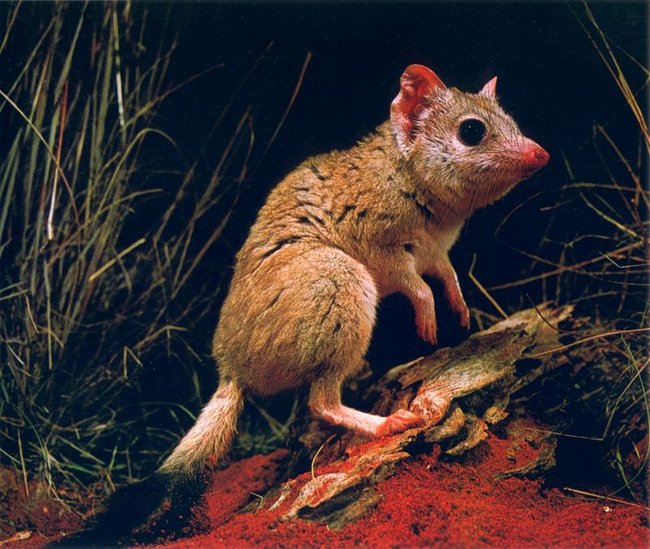
Brush Tailed Phascogale
The brush-tailed phascogale, also known by its Australian native name Tuan, is a rat-sized arboreal carnivorous marsupial.
The brush-tailed phascogale is widespread throughout all states of Australia, excluding Tasmania.
Is a rat-sized arboreal carnivorous marsupial characterized by a tuft of black silky hairs on the terminal portion of its tail.
Body length is between 16 and 27 cm with a 16 to 24 cm tail.
Males, which can reach up to 310 grams (11 oz), are larger than females, normally weighing less than 210 g.
The brush-tailed Phascogale has a widespread but fragmented distribution throughout all states of Australia, excluding Tasmania.
As a result of habitat destruction and predation by the red fox and feral cat, they are believed to have disappeared from roughly half of their former range.
The species is considered very vulnerable to localised extinction.
Breeding occurs between June and August All males die before reaching one year of age, generally from stress-related diseases brought about by the energy expended in a bout of frenzied mating. 
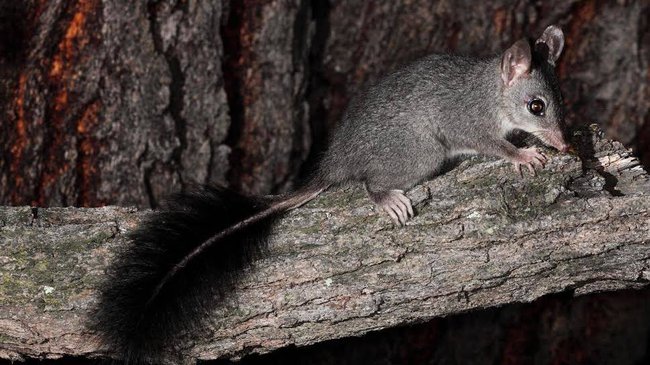
Numbat
Also known as the banded anteater, is a marsupial native to Western Australia. Its diet consists almost exclusively of termites.
The Numbat is an emblem of Western Australia
Unlike most other marsupials, the Numbat is diurnal. (Only active during the day)
With less than 1000 left in the wild an intensive breeding program started in the 80s has brought them back from near extinction.
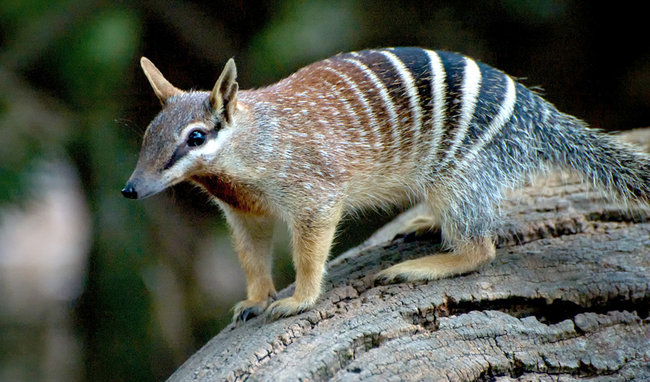
Common Spotted Cuscus
A marsupial that lives in the Cape York region of Australia, New Guinea, and nearby smaller islands.
The common spotted Cuscus is typically very shy, so it is rarely seen, especially in northern Australia.
It is slow-moving and somewhat sluggish, sometimes mistaken for a sloth. They are aggressive, and can scratch, bite, and kick potential predators.
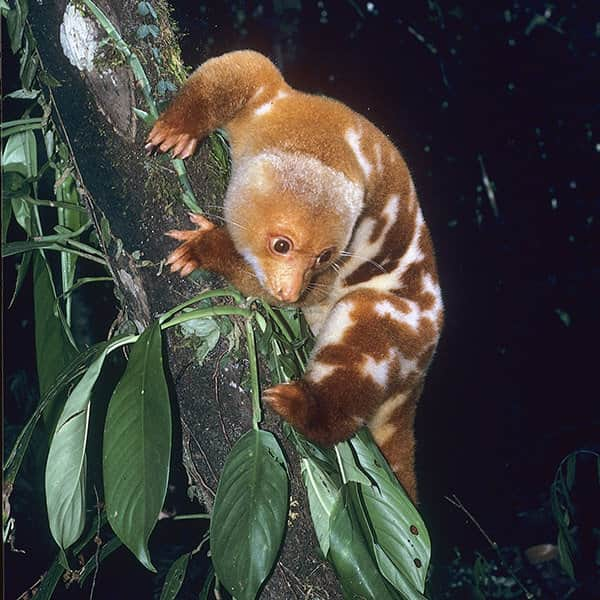
Burrowing Bilby
Bilbies, or rabbit-bandicoots, are desert-dwelling marsupial omnivores.
Once widespread in arid, semi-arid and relatively fertile areas, the Bilby is now restricted to arid regions and remains a threatened species.
It makes its home in a burrow that spirals down, making it hard for its predators to get in.
The Bilby prefers arid habitats because of the spinifex grass and the acacia shrubs.
Greater Bilbies are slowly becoming endangered because of habitat loss and change as well as the competition with other animals. Introduced feral cats  and foxes
and foxes  a major threat to the Bilby’s survival.
a major threat to the Bilby’s survival.
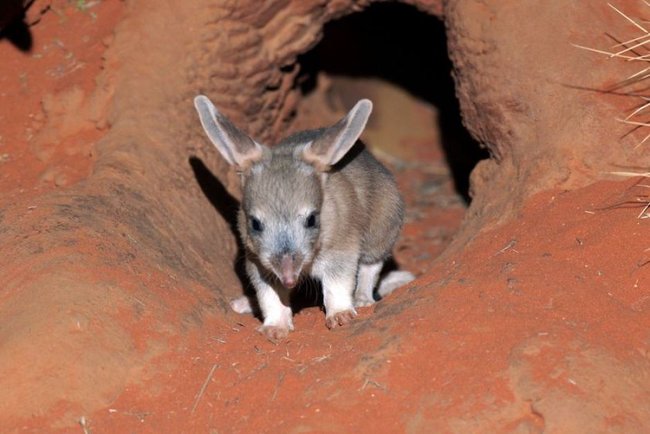
5 Likes
Lovely little animals @Bretrick, I especially like the Common Spotted Cuscus with its beautiful coat. 
1 Like
You could say that the chocolate Easter Bilby has replaced the chocolate Easter Bunny here now.
1 Like
Yes, and that is a good thing. Though we never hear about how much the sales of Chocolate Bilbies are contributing to the preservation of the species.
1 Like
Or how it keeps the population of rabbits under control. 
1 Like
